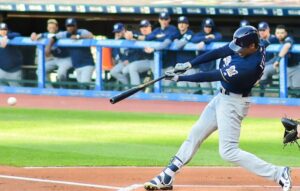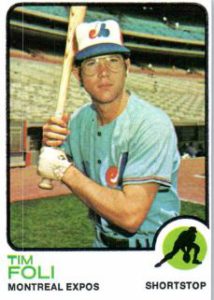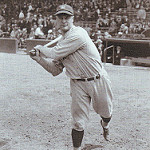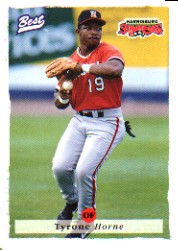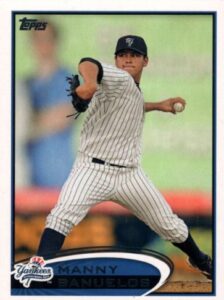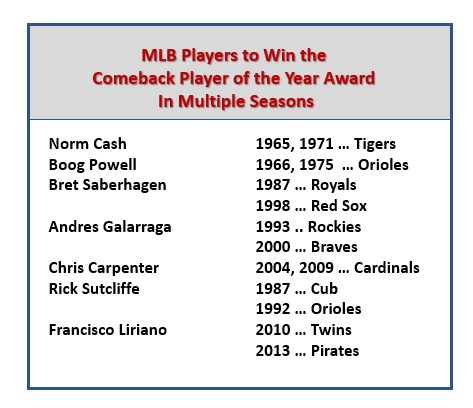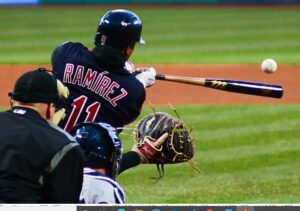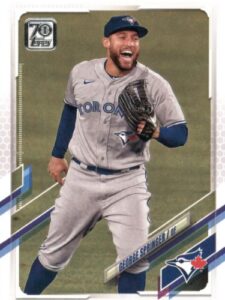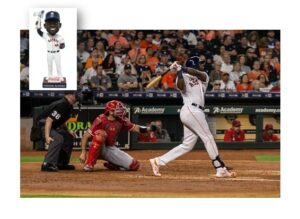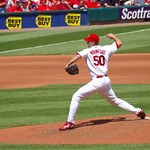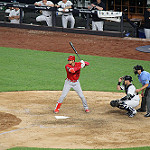
Jack Morris started against the Twins on Opening Day 1984, pitching seven one-run innings for the win.
Taking in this week’s Twins-Tigers series in Minnesota, I was taken back to Opening Day 1984 (remember, for Baseball Roundtable, one thing always leads to another) – when I sat through an 8-1 Tigers’ (indoor) drubbing of the Twins at the Metrodome. Little did I know, I was witnessing the first game of the hottest start to a season in MLB history – a run that would extend to late May. The Tigers would get out of the gate with thirty-five wins in their first forty games, never drop out of first place the entire season, finish 104-58, sweep the Royals in the American League Championship series and top the Padres in the World Series four games-to-one.
In that 35-5 early-season run, the Tigers:
- Started the season with a nine-game winning streak ;
- Won 16 of their first 17;
- Won their first 17 road games (an MLB record);
- Went 18-5 at home;
- Went 9-2 in one-run games;
- Were 2-1 in extra innings;
- Won ten games by five or more runs; and
- Produced five walk-off wins.
Over the forty games, the Tigers scored eight or more runs 11 times; and fewer than three runs seven times. The Tigers gave up more than three runs in just 14 contests, and won all but three three of those games.
During that 40-game stretch the Tigers:
- Outscored their opponents 236-120;
- Outhit them .299 to .214;
- Out-homered them 40-29; and
- Put up a 2.58 ERA to the opponents 5.65.
After those first forty games, the Tigers had an 8 1/2 game lead in the American League East.
A few highlights of the streak:
- On April 7, in the fifth game of the streak Jack Morris pitched a no-hitter against the White Sox (in Chicago), as the Tigers won 4-0. Morris started 11 games during the streak and the Tigers won all but one. Morris went 9-1, 1.97 with six complete games during the Detroit run. He finished the season 19-11, 3.60.
- Closer Willie Hernandez, who would win the American League Cy Young and Most Valuable Player Awards, won one and saved seven games during the forty-game run. He finished the season 9-3, 1.92 with 32 saves, while leading the league in appearances with 80 – pitching more than one inning in 45 of those appearances.
- Thirteen proved a lucky number for the Tigers. On Friday, April 13, they made an unusual one-game visit to the Red Sox – and scored 13 runs in topping the Sox 13-9. In that one, they plated eight runs in the first inning on four walks, three singles, two doubles and two Red Sox errors. Six Tigers collected RBI in that first frame.
- During the 35-5 run, the Tigers got plenty of power “up the middle.” C Lance Parrish hit .286-7-25 during the run, SS Alan Trammell went .340-5-23 and CF Chet Lemon put up a .331-7-32 line.
Cuba Libre
The biggest surprise during the Tigers’ early season run may have been the bat of rookie utility player (corner infielder) Barbaro Garbey – who had left Cuba on a fishing boat in the 1980 “Freedom Flotilla.” The 27-year-old played in 29 games during the streak and hit .355-1-20. Over a sometimes troubled MLB career (1984-85, 1988), Garbey hit .267-11-86 in 226 games.
- On April 24, the Tigers swept a double header in Detroit (versus the Twins )– winning two one-run ball games (6-5 and 4-3). In the first game, the Tigers trailed 5-3 in the bottom of the night, but plated three runs off Twins’ closer Ron Davis.
- On April 27, the Tigers lost a heart breaker at home – and it took 19 innings and five hours and 44 minutes to do it. The game (against the Indians) was tied 3-3 in the third. The Tigers’ usually reliable Willie Hernandez (in his second inning of work) gave up a single, sacrifice and walk to open the Indians’ tenth, before Aurelio Lopez was brought to the mound. Lopez’ inning went strikeout, wild pitch, walk (loading the bases), walk (forcing in a run), ground out. For the Tigers, Lou Whitaker opened the bottom of the tenth with a double, Alan Trammell singled him to third and he scored on a double play (Darrell Evans). The game then continued scoreless until the top of the 19th, when (with the help of three Detroit errors – two on sacrifice bunts), the Indians turned two hits into four runs.
- On May 1, as the Tigers topped the Reds Sox 11-2 in Detroit, hitting stars of the early season run – 1B Barbaro Garbey and CF Chet Lemon – each drove in four runs.
- On May 3, Jack Morris suffered his only loss of the 35-5 run, despite giving up just one run a nine-inning complete game against the Red Sox. Bob Ojeda shutout the Tigers and Boston RF Dwight Evans took Morris deep in the top of the eighth.
- On May 8, the Tigers topped the Royals 5-2 in Kansas City, led by an eighth-inning Grand Slam by Alan Trammell (off Dan Quisenberry).
- In a 10-1 win over the Mariners on May 16 (in Detroit) eight Tigers collected RBI: 2B Lou Whitaker, DH Alan Trammell; PH Johnny Grubb; 1B Barbaro Garbey; PH Dwight Lowry; LF Larry Herndon; RF Rusty Kuntz; 3B Marty Castillo.
- The streak ended with a 7-3 loss to the Mariners (in Seattle). The Mariners, in fact, swept the May 25-27 series by scores of 7-3, 9-5 and 6-1.

Primary Resource: Baseball-Reference.com
BASEBALL ROUNDTABLE ON THE TOP 100 BASEBALL BLOG LIST
 Baseball Roundtable is on the Feedspot list of the Top 100 Baseball Blogs. To see the full list, click here.
Baseball Roundtable is on the Feedspot list of the Top 100 Baseball Blogs. To see the full list, click here.
I tweet baseball @DavidBBRT
Follow/Like Baseball Roundtable’s Facebook Page here. More baseball commentary; blog post notifications; PRIZES.
Member: Society for American Baseball Research (SABR); The Baseball Reliquary; The Negro Leagues Baseball Museum.












